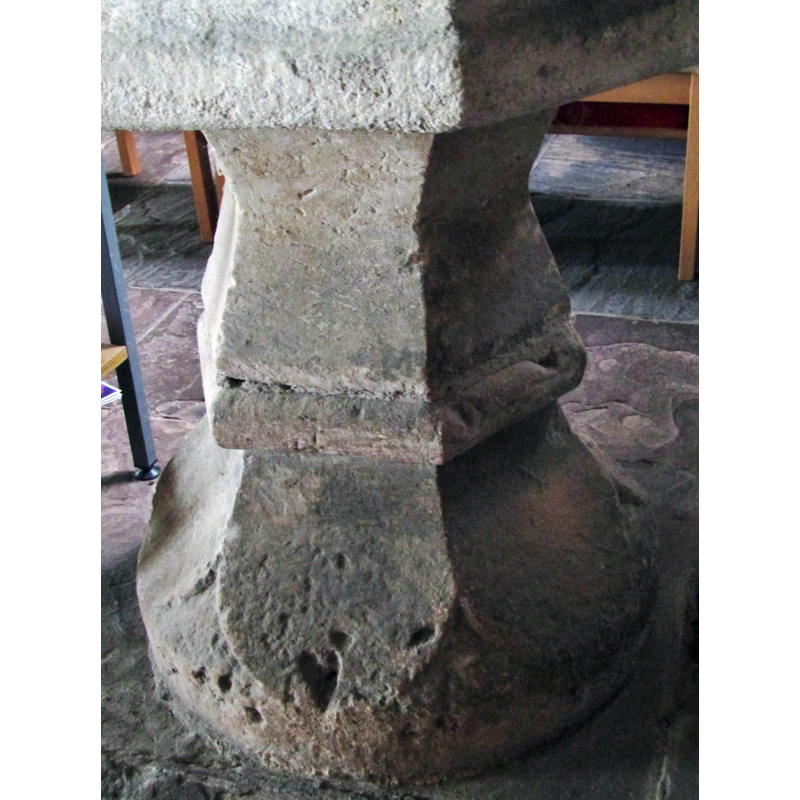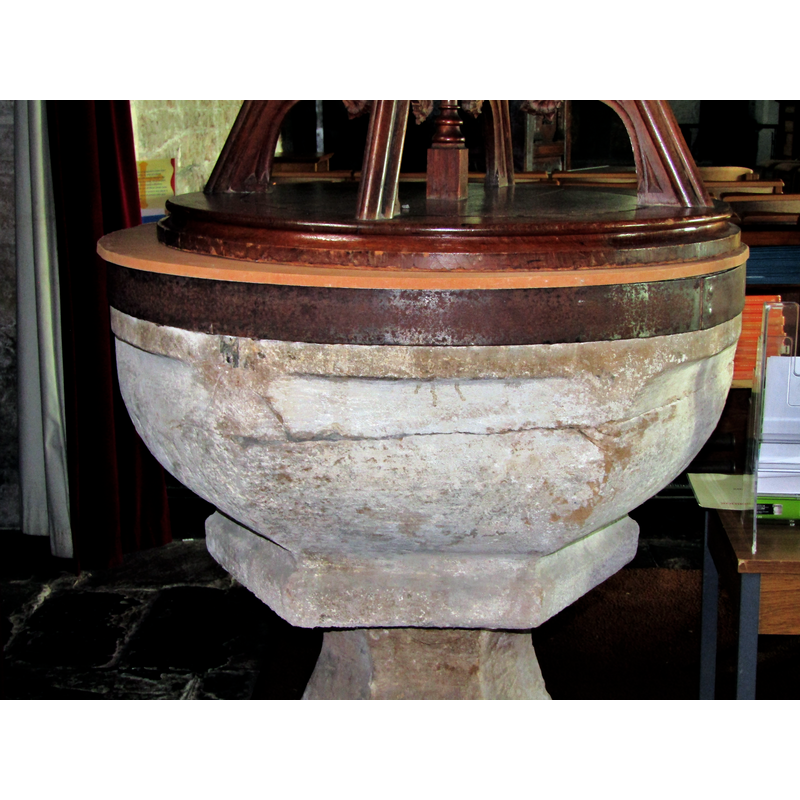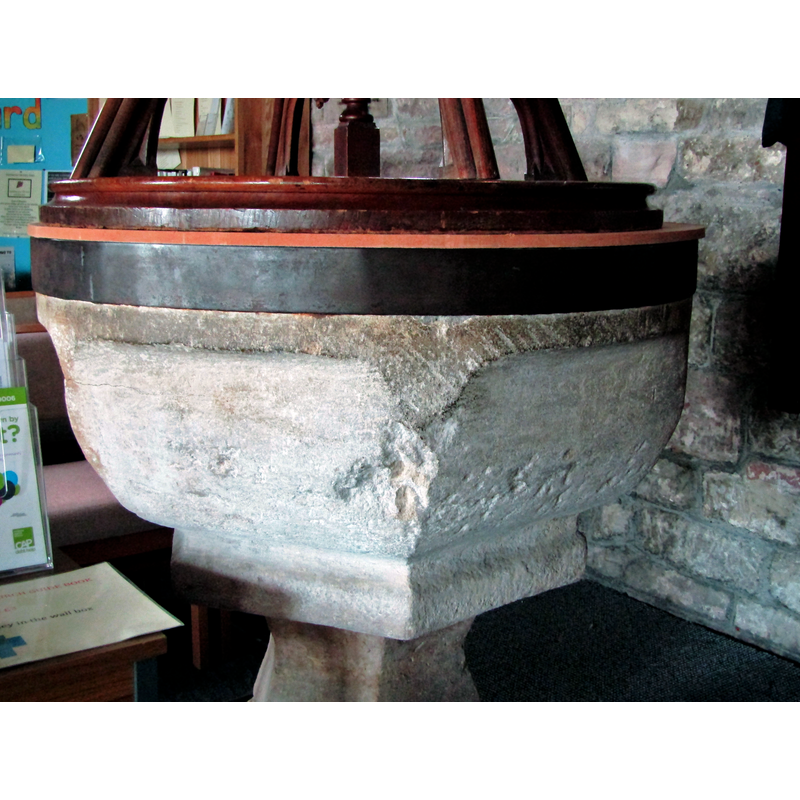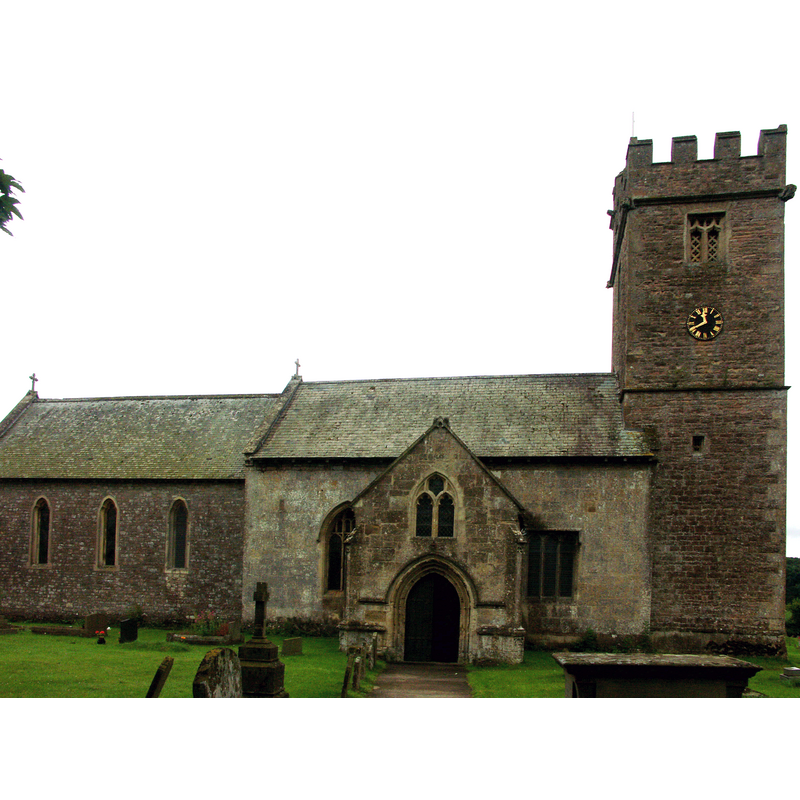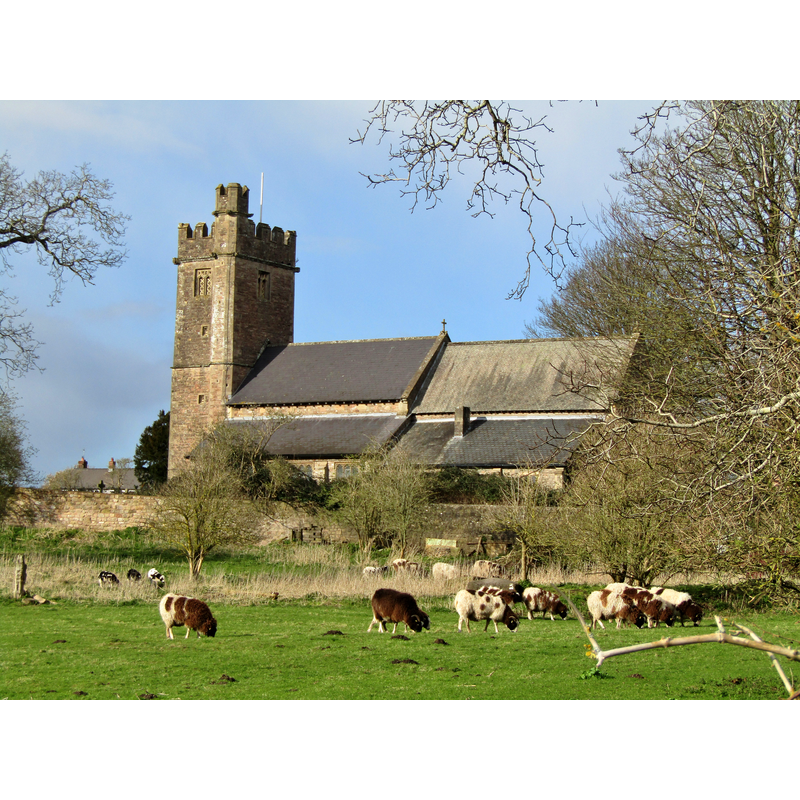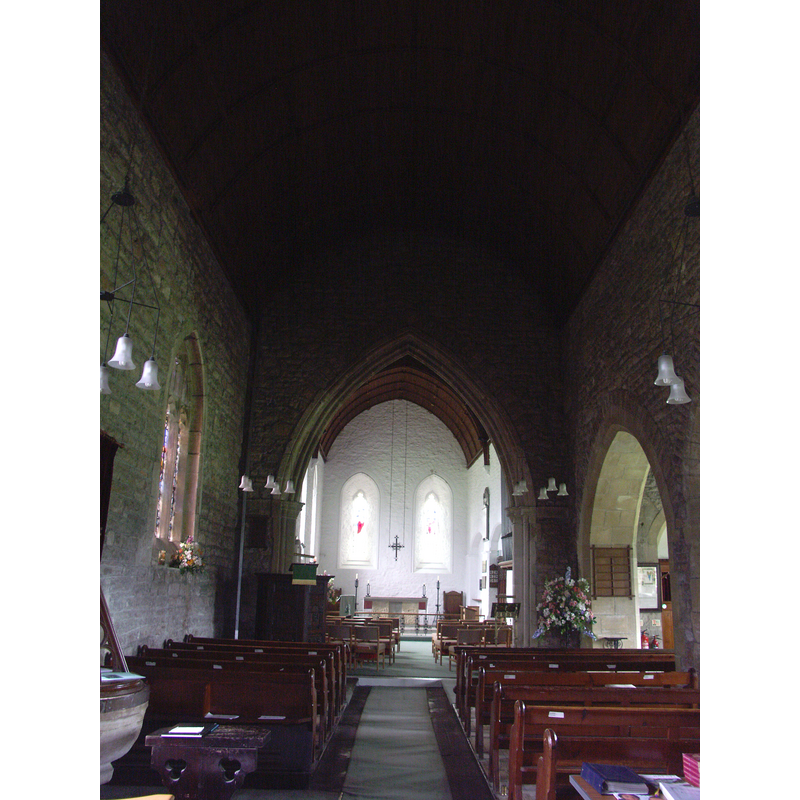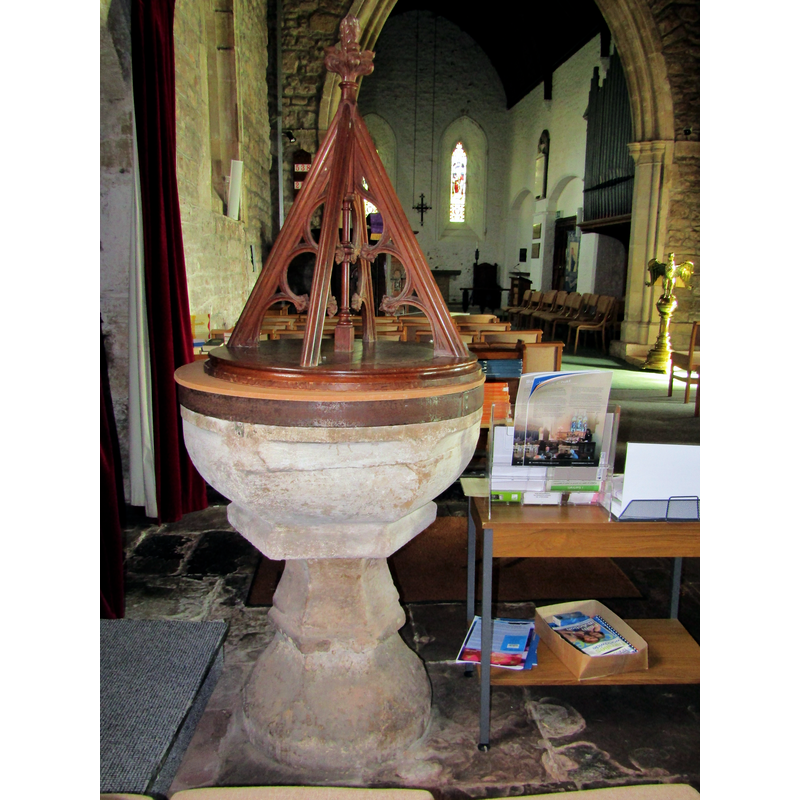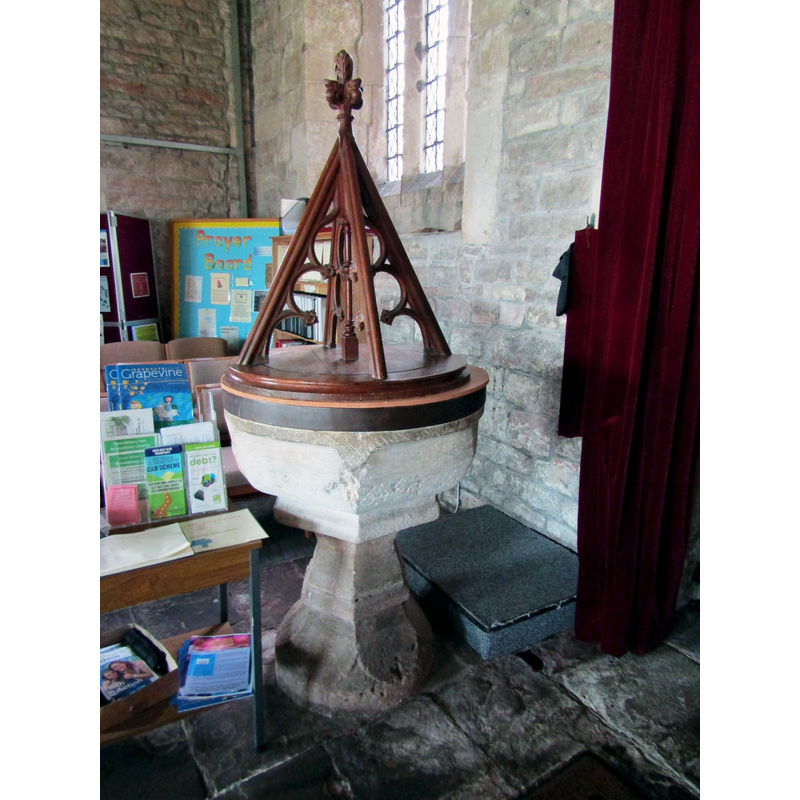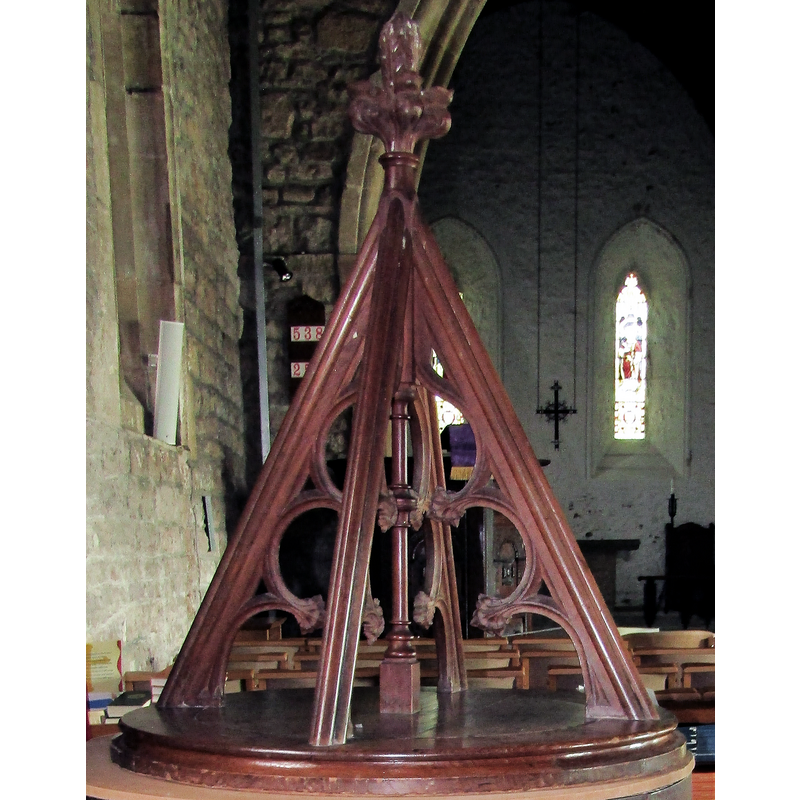Caerwent No. 2 / Caer went / Venta Siluru / Venta Silurum
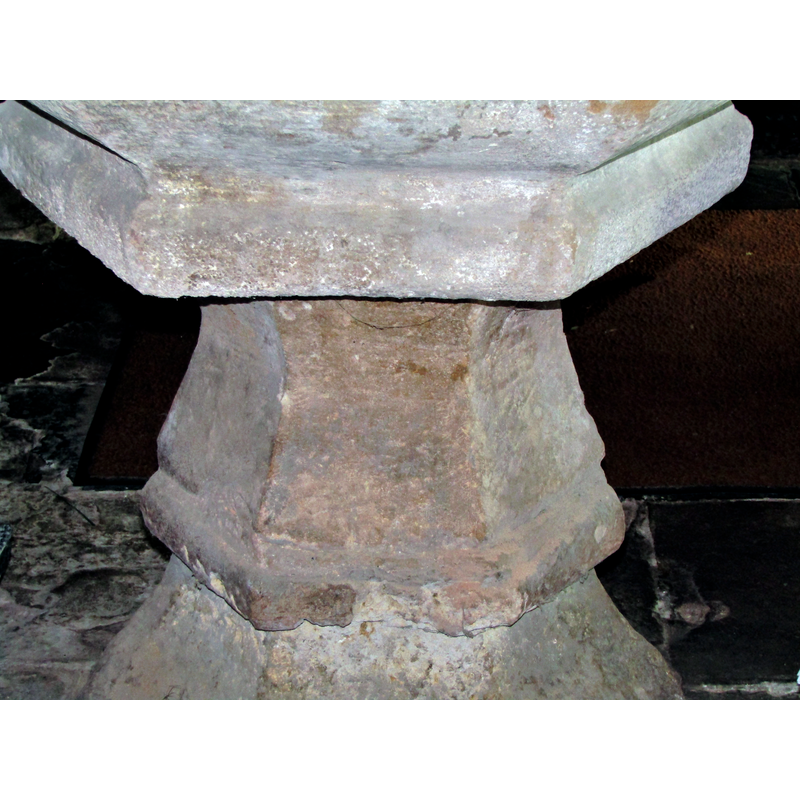
Image copyright © Colin Smith, 2020
Image and permission received from the author (e-mail of 13 September 2020)
Results: 10 records
design element - motifs - flat moulding
Scene Description: the re-cutting of the basin underbowl must have been made to match it to the ugly unsuited pedestal base
Copyright Statement: Image copyright © Colin Smith, 2020
Image Source: digital photograph taken 2 March 2020 by Colin Smith
Copyright Instructions: Image and permission received from the author (e-mail of 13 September 2020)
view of base
Scene Description: it appears to consist of two blocks cemented together above the roll moulding; was this pseudo-baluster shaped base the cause for the destruction of the basin?
Copyright Statement: Image copyright © Colin Smith, 2020
Image Source: digital photograph taken 2 March 2020 by Colin Smith
Copyright Instructions: Image and permission received from the author (e-mail of 13 September 2020)
view of basin
Scene Description: the basin was probably totally round originally but appears to have been re-cut; the polyconal end of the basin underbowl is incongruous; the metal cinch was added to reinforce a cracked basin
Copyright Statement: Image copyright © Colin Smith, 2020
Image Source: digital photograph taken 2 March 2020 by Colin Smith
Copyright Instructions: Image and permission received from the author (e-mail of 13 September 2020)
view of basin
Scene Description: the basin was probably totally round originally but appears to have been re-cut; the polyconal end of the basin underbowl is incongruous; the metal cinch was added to reinforce a cracked basin
Copyright Statement: Image copyright © Colin Smith, 2020
Image Source: digital photograph taken 2 March 2020 by Colin Smith
Copyright Instructions: Image and permission received from the author (e-mail of 13 September 2020)
view of church exterior - north view
view of church exterior in context - south view
view of church interior - looking east
Scene Description: the basin of the font is partially visible in the bottom-left corner
Copyright Statement: Image copyright © AJ Alfieri-Crispin, 2005
Image Source: edited detail of a digital photograph taken 5 July 2005 by AJ Alfieri-Crispin [https://commons.wikimedia.org/wiki/File:Caerwent_Church_4.jpg] [accessed 13 September 2020]
Copyright Instructions: CC-BY-SA-2.0
view of font and cover in context
view of font and cover in context
INFORMATION
FontID: 16970CAE
Object Type: Baptismal Font1
Church/Chapel: Parish Church of St. Stephen and St.Tathan [or St. Tathyw?]
Church Patron Saints: St. Stephen & St. Tathan [aka Athan, Tathana] -or- [Tathyw?]
Church Location: Pound Ln, Caerwent, Caldicot, NP26 5AY, UK
Country Name: Wales
Location: Monmouthshire
Directions to Site: Located off (S) the A48, W of the M48, 8 km WSW of Chepstow,16 km E of Newport, on the W shores of the Severn -- [Dinham is about 2 km N of Caerwent]
Ecclesiastic Region: Diocese of Monmouth (CofW)
Historical Region: Hundred of Is Coed, Gloucestershire
Font Location in Church: Inside the church, W end [cf. FontNotes]
Century and Period: 11th - 12th century [altered font?], Norman[altered?]
Credit and Acknowledgements: We are grateful to Colin Smith for his photographs of this church and fonts
Church Notes: pre-10thC monastery; present church dated 13thC; restored 1893-94 and again 1910-12
Font Notes:
Click to view
There is an entry for Caerwent in the Domesday survey [https://opendomesday.org/place/ST4690/caerwent/] [accessed 13 September 2020] but it mentions neither cleric nor church in it. Rees (2003) writes: "a Saxon font has an inverted Roman column for its base". Rees (ibid.) also mentions "a Christian community here [i.e., in Caerwent] in Roman times, and evidence of two house churches has been found". The present font at St. Tathan's, however, does not appear 'Saxon' at all, unless it has been re-cut, nor is it raised on anything resembling a Roman column; the font consists of an octagonal basin with a rounded underbowl which ends i a double moulding, and a polygonal pedestal base of 17th or 18th-century making at the earliest. The Archaeologia cambrensis (5th Series, vol. II, no. VIII, October 1885: 329) reports on a visit to the church "dedicated to St. Stephen", but no mention is made of any font in it; "There is a holy water stoup in the north wall, close by the door". The entry for this church in the CADW [http://cadwpublic-api.azurewebsites.net/reports/listedbuilding/FullReport?lang=en&id=2014] [accessed 13 September 2020] notes: "This church appears to be C13 in origin although a pre-Norman church is recorded at Caerwent, also a possible early Christian congregation during the Roman period; but there is no evidence that either of these shared the same site as the present church. [...] There are two fonts, only the first, that by the door, is native to this church. It is a re-cut Norman tub on a baluster pedestal, probably early C18 in its present form. The second font in the south aisle is also Norman in origin, but has been introduced to this church from the destroyed church at Dinham about 2 km to the north of Caerwent. It is a tub type on an unrelated plain base."
COORDINATES
Church Latitude & Longitude Decimal: 51.610703, -2.768651
Church Latitude & Longitude DMS: 51° 36′ 38.53″ N, 2° 46′ 7.15″ W
UTM: 30U 516020 5717766
MEDIUM AND MEASUREMENTS
Material: stone
Number of Pieces: 3?
Font Shape: tub-shaped (mounted)
Basin Interior Shape: round
Basin Exterior Shape: round
LID INFORMATION
Date: modern?
Material: wood
Apparatus: no
REFERENCES
Rees, Elizabeth, An essential guide to Celtic sites and their saints, London; New York: Burns & Oates, 2003
